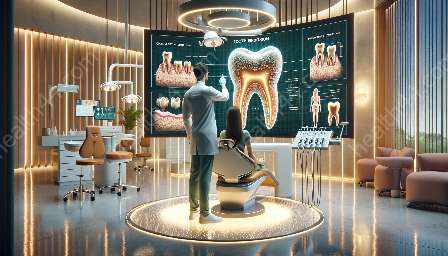Introduction
Bruxism, tooth grinding, and tooth erosion are all interconnected factors that greatly impact oral tissues. In this comprehensive guide, we will explore the relationship between these conditions and their effects on oral health.
Bruxism: Causes and Symptoms
Bruxism refers to the habit of grinding or clenching the teeth, often occurring unconsciously. It can be attributed to various causes, including stress, anxiety, misaligned teeth, or certain medications. Common symptoms of bruxism include jaw pain, headaches, tooth sensitivity, and disrupted sleep patterns.
Effects on Oral Tissues
The persistent and excessive pressure exerted on the teeth during bruxism can lead to tooth grinding, resulting in the wearing down of tooth enamel and potential tooth erosion. These effects can cause damage to the tooth structure, leading to increased sensitivity, chipping, and fractures.
Oral Tissues: Vulnerability to Bruxism and Tooth Erosion
The oral tissues encompass the gums, mucosa, and supporting bone structures in the mouth. These tissues are directly impacted by bruxism and tooth erosion, often leading to inflammation, recession of the gums, and increased susceptibility to infections.
Understanding Tooth Erosion
Tooth erosion refers to the wearing away of tooth enamel caused by acid attacks. This can be a result of various factors, including acidic foods and drinks, gastroesophageal reflux disease (GERD), or frequent vomiting. When combined with bruxism, the process of tooth erosion becomes more pronounced, leading to significant damage to the teeth and surrounding tissues.
Diagnosis and Treatment
Diagnosing bruxism and tooth erosion often involves a comprehensive examination by a dental professional. Treatment options may include the use of a custom-made mouthguard to protect the teeth from grinding forces, addressing underlying stress or anxiety, and implementing measures to reduce acidic erosion through dietary changes and lifestyle modifications.
Conclusion
In conclusion, bruxism, tooth grinding, and tooth erosion collectively have a profound impact on oral tissues. It is essential to understand the interconnected nature of these conditions and their effects on oral health in order to seek appropriate diagnosis and treatment. By addressing these issues, individuals can effectively preserve their oral tissues and maintain optimal overall oral health.


